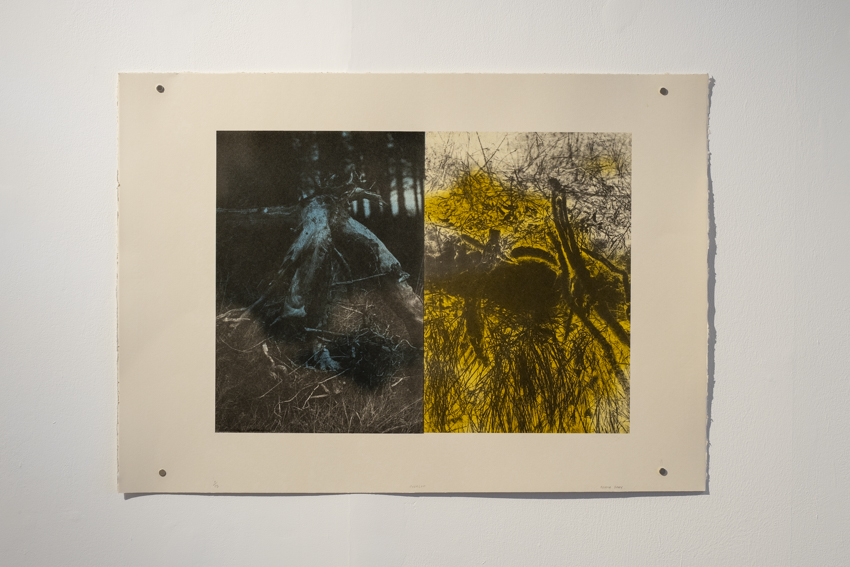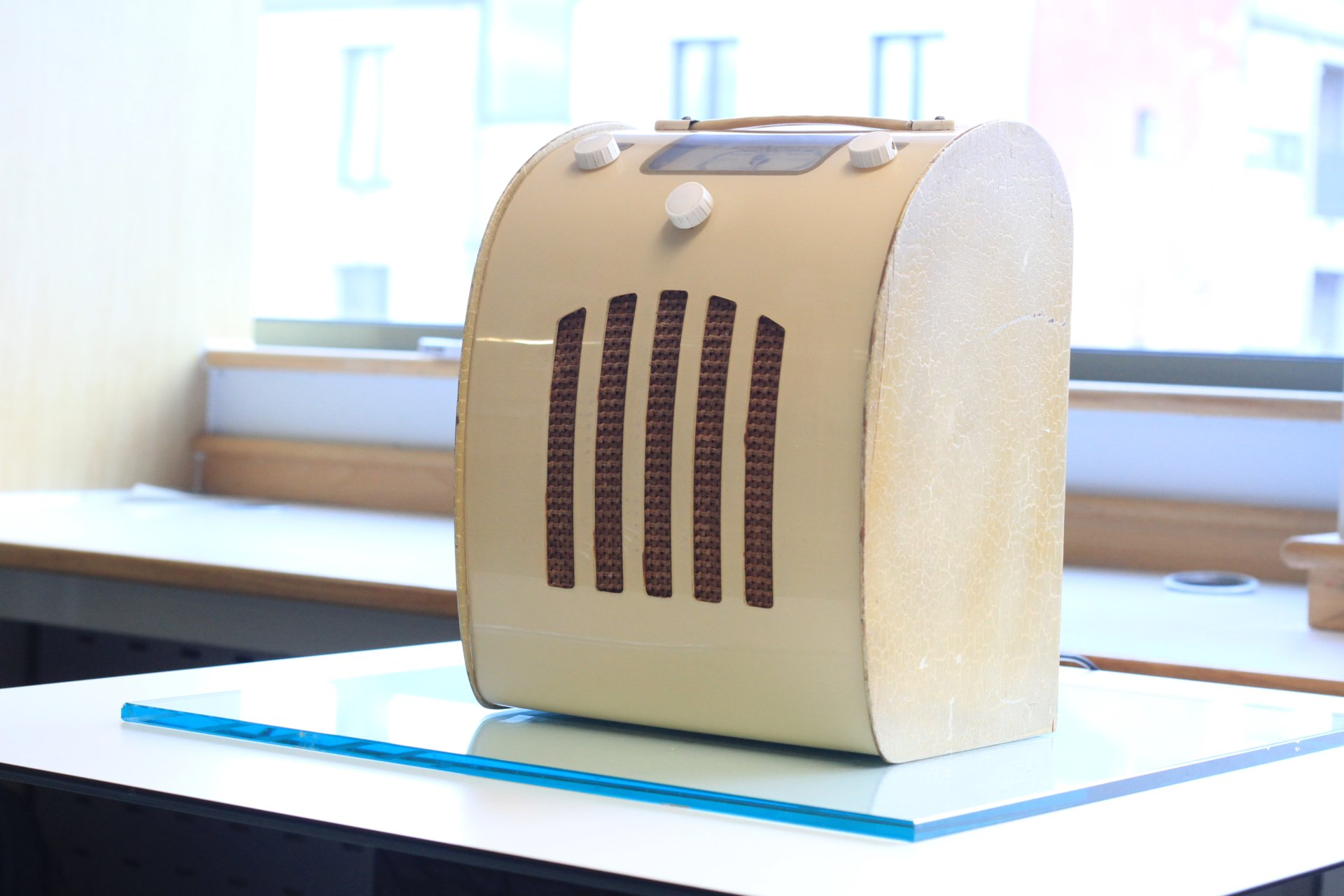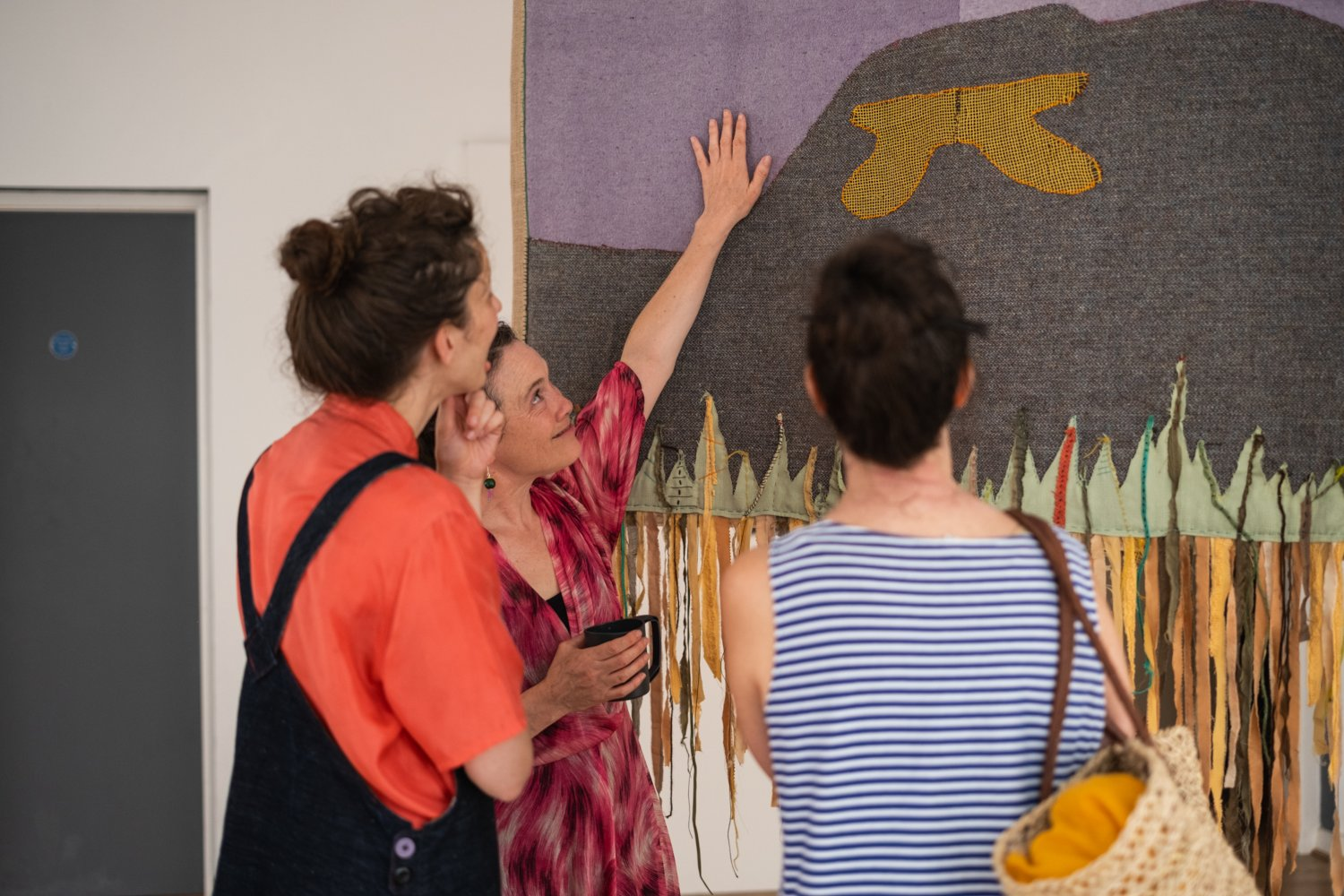1 Outline
In this paper I document a process that is incomplete and experimental. It is a process of collaborative artistic practice linked with contemporary theory in ethics and philosophy, and as it is incomplete I attempt to draw no conclusions, rather just present some linked thoughts. The concepts in each section relate to revealing or giving voice to other-than-human colleagues who are often voiceless.
It matters what words speak, what languages live, and what stories are heard. The language of landscape is complex. Tír-Éist is a compound word that I proposed for this talk. It combines the Irish word ‘tír’, which is ‘land, country, landscape and place’ with ‘éist’, which is most often the active verb to listen, but more particularly is a verb for ‘paying attention to’. Éist is not just a process of the ear, but one of being aware.
I include an overview of three case studies that involve collaborative artistic research. I have played a role in each of the three: in one as artist, in one as an artistic manager, and in the third as part of a collective. The paper separates out these projects. The first considers the approach used in this research, and gives a case study where it was employed. The second focuses more on what collaborative artistic research might look like, and gives a case study of how this changes with different artists involved. Finally, the third gives an example of a collective approach with a shared understanding outlined in advance of a community based project.
To begin, I outline the theory that has underpinned all of these projects beginning with a view of how artistic research related to the other-than-human has changed in the last 70 years.
2 You are also touched
Jacques Cousteau’s Le Monde du Silence premiered at Cannes Film Festival in 1956 (Cousteau 1956). It was Cousteau’s first film, based on his 1953 book of the same title, beginning the career of a documentarian that lasted decades and had a profound impact on the way the natural world was presented in visual media. The action takes place mainly on a boat and occasionally on a submersible, with an all-male scientific crew using new camera technologies to give visibility to sea life that had never been recorded on film previously. It is, in many ways, a marvel of filmmaking, and in 1956 won both the Palme d’Or at Cannes and an Academy Award for best documentary.
Cousteau used artistic documentary as a storytelling medium to highlight the life of the natural world. His storytelling was crucial, yet the film contains many scenes that are shocking to a modern viewer. Cousteau later apologised for many of the moments in the film that came to be criticised as unnecessarily violent. One example is when the crew unironically use dynamite to kill hundreds of fish for a survey to see what lives in a particular area, and then shrug it off as OK because it is ‘for science’. Yet no scene in the film encapsulates the embedded biases of the filmmaker and his crew more than when they encounter a pod of whales that swim alongside the boat for a while. The crew laugh and jostle one another as they throw harpoons playfully at the whales. They do not break skin, but as their fun continues their boat’s propeller accidentally catches one of the whales’ fins and it is injured. Its blood attracts sharks, which the crew then demonise, describing them in terms that make them out to be evil and vicious, calling them a ‘sailor’s mortal enemy’. The sailors begin to kill the sharks while they feed, harpooning them and pulling them on board, bludgeoning and stabbing them for the film (Fig. 1). They murder indiscriminately, not for food but for what they describe as ‘revenge’, and take joy in the murder. They even blame the sharks for the whale’s death, seemingly forgetting what had started the frenzy minutes before.
Cousteau was an outspoken protagonist in the early environmental movement, publicly denouncing acts such as dumping nuclear waste and later playing a key role in stopping Antarctic mining (Shortis 2015). Yet this early film now reads like a snapshot of a particular way of thinking about the other-than-human world that was acceptable enough to win awards in Western society in 1956. The nonhuman was presented with human moralistic bias of good and evil, in this case good whales and evil sharks. The crew’s role seems almost godlike, exempt from judgement.
The idea seems to suggest that by observing through a lens, somehow the observer is displaced into a mist of otherness, an obscure boundary that hides the filmmaker from the subject being filmed. However, as scholar Maria Puig de la Bellacasa reminds us, nothing we observe comes without its own world, and nothing can be touched without touching back (de la Bellacasa 2017).
The ethic of shared care is exemplified in artworks that take care to consider the many human and nonhuman voices present in a collective process. Many artists today give voice to the human and nonhuman colleagues that they work with (for a comprehensive documentation of this, see Pritchard and Prophet 2023). Although there are many examples, one that stands out as a counter-point to Cousteau’s earlier work is Laure Prouvost’s Deep Sea Blue Surrounding You (2019, Fig. 2). In this work Prouvost entangles the complex movement of ocean, marine life, and human in an installation that envelops the audience in sound, smell and tactile sensation, defying the need to separate the human and yet somehow giving human voice (Prouvost 2019). Prouvost presented this work as a collaboration between many artistic voices, highlighting the role of human and nonhuman in the presentation and the process.
2.1 A more-than-human ethic
In her early field work in the 1960s, the primatologist Thelma Rowell regularly noted that by being present she changed the primates’ behaviours (Rowell 1972). She wrote about how gibbons knew that they were safer from other predators when a human was visible. While their behaviour toward her was guarded, and they kept their distance, they also fed and played more in the open than they would if a human observer were better hidden. Many of Rowell’s observations were dismissed as she did not acquiesce to the male-dominated status quo on ethology. In her words: “It is surely a comment on our own species that we have attempted to explain the behaviour of other species almost entirely in terms of concepts defined by aggression” (Rowell 1972, 159).
Rowell wrote this in 1972, 17 years after Cousteau’s documentary. She later returned to England to observe the relationship between humans and sheep, which led to philosopher Vinciane Despret writing about her work in 2005 and giving it new recognition (Despret 2005).
Despret’s philosophy considers how humans bring subjective bias to all manner of scientific and artistic research on animals and birds. Approaching philosophy from the lens of ethology, Despret gives many examples where ethologists presume a scientific rationale yet somehow overlook their own underlying prejudices and biases about what they expect animals to do (Despret 2016). She puts this succinctly:
The a priorist … does not believe in what the real is telling him: the duplicity of causes, the obviousness of bias, provide so many occasions to think badly. (Despret 2021b)
This problem can be approached as a challenge of boundaries, a challenge to think not in duality but in multiplicity. The boundary around a fixed truth is perhaps not as fixed as it first appears. In her work on bird behaviours, Despret leans heavily on Gilles Deleuze and Félix Guattari’s concept of ‘deterritorialization’ to consider how territories are folded in on one another, constructed and deconstructed repeatedly, porous and malleable (Despret 2021a). As Deleuze and Guattari would posit, the effect of any engagement between two bodies is always part of a multiplicitous and complex entanglement that they call ‘rhizomatic’ (Deleuze and Guattari [1986] 2023).
Such theory can be used as an approach to artistic research. Rhizomatic methods of research can give potential for complex and comprehensive considerations on human-nonhuman relationships, and by embracing the porousness of living boundaries, we can develop relationships between human and nonhuman collaborators that embrace different ways of thinking-with and being-with one another (Fig. 3).
One way to potentially challenge these biases and use rhizomatic processes in artistic development is to create a clear collaborative workflow. This has been tested in different artistic projects, some of which I outline here as case studies. The relevance to each is linked back to an area of theory, so I bring in each case study one at a time. The first that I will share is a university-led research project, FIELD (2018–23).











